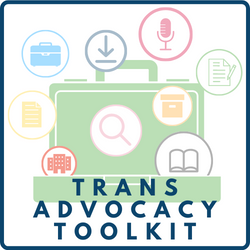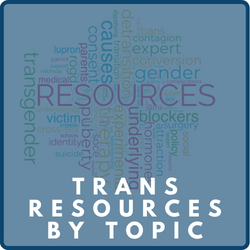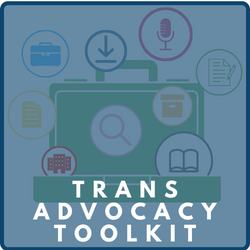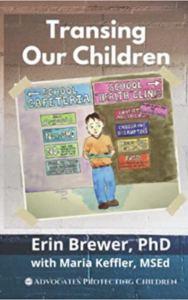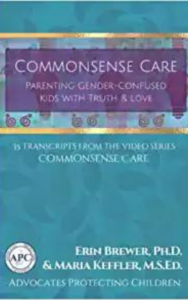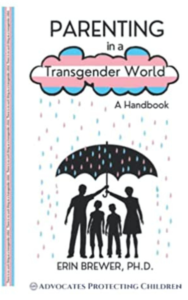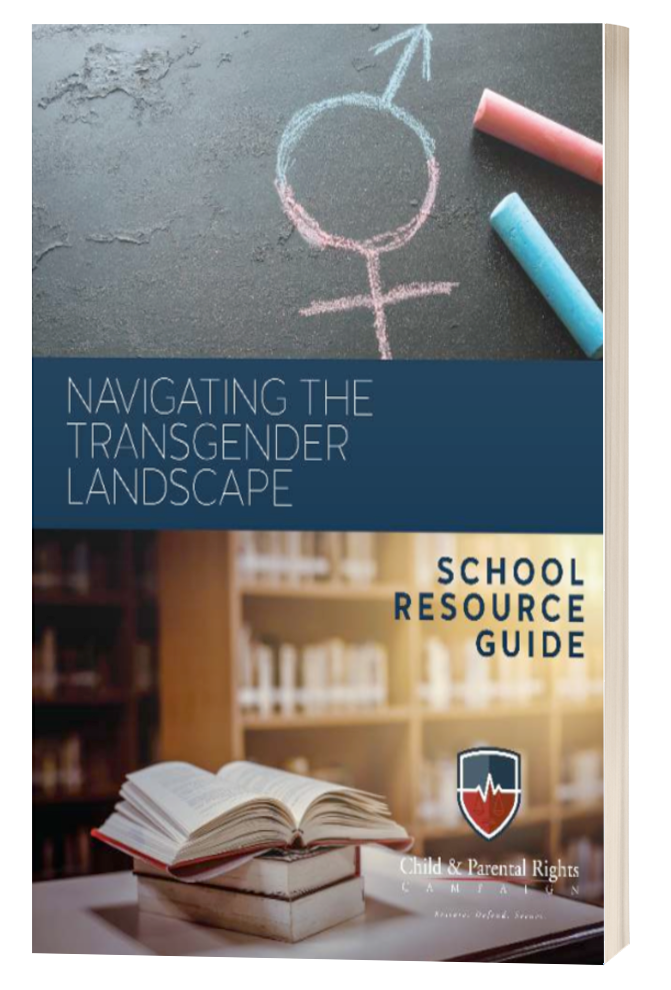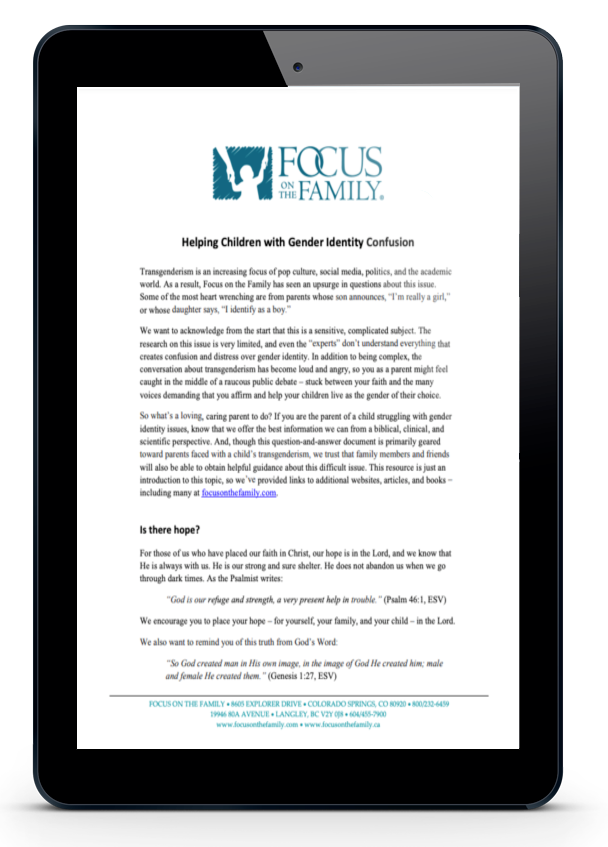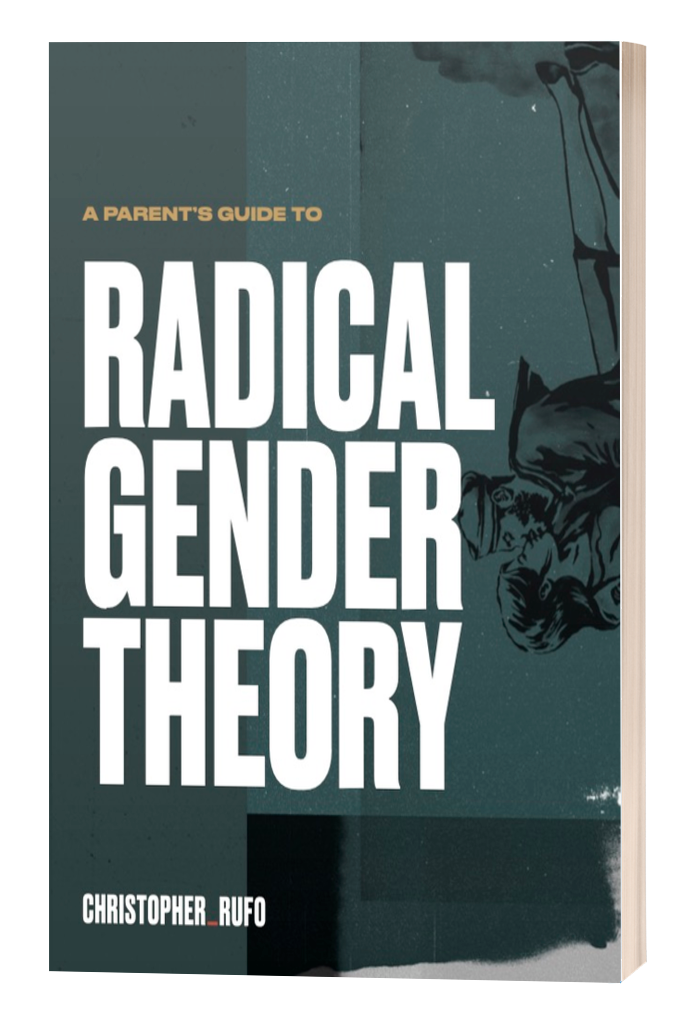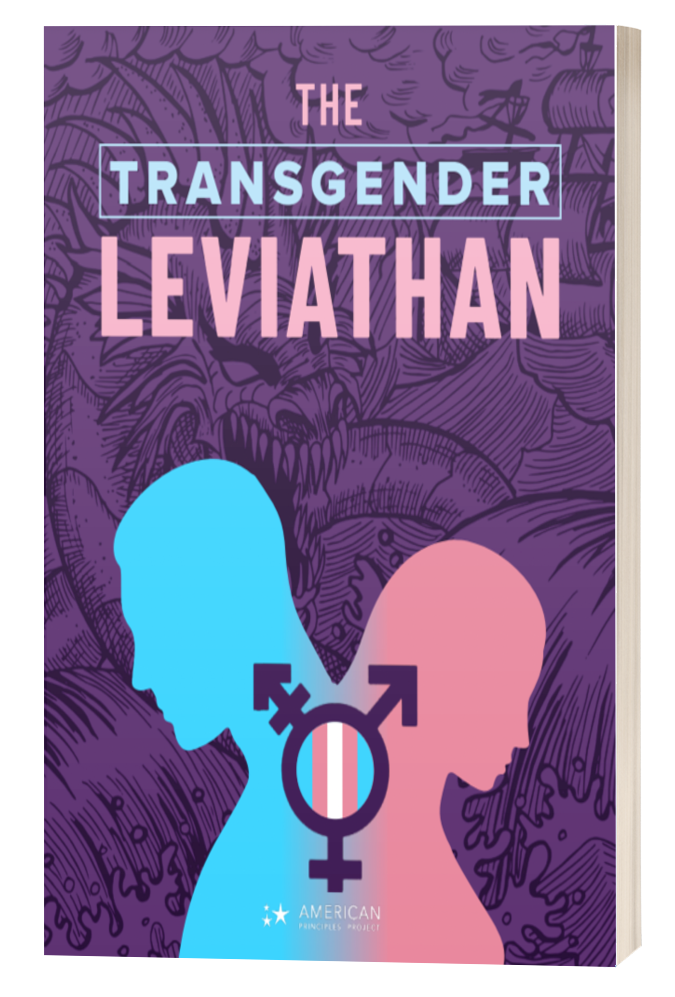UNDERSTANDING TRANSGENDER ISSUES
Resources by Topic
PUBERTY BLOCKERS | CROSS-SEX HORMONES | SURGERY | CONSENT | POTENTIAL CAUSES | ROGD | SUICIDE | SOCIAL TRANSITION | MEDICAL TRANSITION | SOCIAL CONTAGION | PARENTAL RIGHTS | POLICIES | EXPERIMENTATION | LEGISLATION | SOGI | WOMEN’S SPORTS | PUBLIC ACCOMMODATIONS | BIRTH CERTIFICATES | INTERSEX/DSD | COMPELLED SPEECH | AFFIRMATION | GENDER DYSPHORIA | DESISTERS/DETRANSITIONERS | THERAPY BANS
Affirmation
Books
Videos
Organizations
Guides
Research
What factors, aside from the lack of a rigorous evidence base, might contribute to dangerous medical practices? Can history inform us anything about what might lead physicians to over-enthusiastically and prematurely embrace risky and unproven treatments? History suggests there is most likely a complex interplay of multiple factors, and I discuss some of these in this section. In the subsequent section, I return to discuss the gender affirmative treatment approach for GD youth and highlight some themes that may suggest some parallels with this history.
Correction to Bränström and Pachankis
After the article “Reduction in Mental Health Treatment Utilization Among Transgender Individuals After Gender-Affirming Surgeries: A Total Population Study” by Richard Bränström, Ph.D., and John E. Pachankis, Ph.D. (doi: 10.1176/appi.ajp.2019.19010080), was published online on October 4, 2019, some letters containing questions on the statistical methodology employed in the study led the Journal to seek statistical consultations. The results of these consultations were presented to the study authors, who concurred with many of the points raised. Upon request, the authors reanalyzed the data to compare outcomes between individuals diagnosed with gender incongruence who had received gender-affirming surgical treatments and those diagnosed with gender incongruence who had not. While this comparison was performed retrospectively and was not part of the original research question given that several other factors may differ between the groups, the results demonstrated no advantage of surgery in relation to subsequent mood or anxiety disorder-related health care visits or prescriptions or hospitalizations following suicide attempts in that comparison.
A Follow-Up Study of Boys With Gender Identity Disorder
This study reports follow-up data on the largest sample to date of boys clinic-referred for gender dysphoria (n = 139) with regard to gender identity and sexual orientation.
The Right to Best Care for Children Does Not Include the Right to Medical Transition
Refuting that any child has the right to medically transition
Epidemiology of gender dysphoria and transgender identity
This review provides an update on the epidemiology of gender dysphoria and transgender identity in children, adolescents and adults.
Temple Newhook et al. (2018) provide a critique of recent follow-up studies of children referred to specialized gender identity clinics, organized around rates of persistence and desistance. The critical gaze of Temple Newhook et al. examined three primary issues: (1) the terms persistence and desistance in their own right; (2) methodology of the follow-up studies and interpretation of the data; and (3) ethical matters. In this response, I interrogate the critique of Temple Newhook et al. (2018).
Adolescents with Gender Dysphoria: Reflections on Some Contemporary Clinical and Research Issues
This article provides an overview of five contemporary clinical and research issues pertaining to adolescents with a diagnosis of gender dysphoria: (1) increased referrals to specialized gender identity clinics; (2) alteration in the sex ratio; (3) suicidality; (4) “rapid-onset gender dysphoria” (ROGD) as a new developmental pathway; (5) and best practice clinical care for adolescents who may have ROGD.
Debate: Different strokes for different folks
A gender social transition in prepubertal children is a form of psychosocial treatment that aims to reduce gender dysphoria, but with the likely consequence of subsequent (lifelong) biomedical treatments as well (gender-affirming hormonal treatment and surgery).
Prevalence studies conclude that fewer than 1 in 10,000 adult natal males and 1 in 30,000 adult natal females experience GD, but such estimates vary widely. GD in adults is associated with an elevated prevalence of comorbid psychopathology, especially mood disorders, anxiety disorders, and suicidality.
Objective This study assessed whether children clinically referred for gender dysphoria (GD) show symptoms that overlap with Autism Spectrum Disorder (ASD). Circumscribed preoccupations/intense interests and repetitive behaviors were considered as overlapping symptoms expressed in both GD and ASD.
The DSM-5 and the Politics of Diagnosing Transpeople
In the DSM-5, there has been a change in the diagnosis for transpeople of all ages from Gender Identity Disorder (GID) to Gender Dysphoria (GD), in part to better indicate the distress that transpeople may experience when their gender identity feels incongruent.
The treatment for transsexualism is sex reassignment, including hormonal treatment and surgery aimed at making the person’s body as congruent with the opposite sex as possible. There is a dearth of long term, follow-up studies after sex reassignment.
Detransition-Related Needs and Support: A Cross-Sectional Online Survey
The aim of this study is to analyze the specific needs of detransitioners from online detrans communities and discover to what extent they are being met.
Psychiatry’s ethical involvement in gender-affirming care
To reflect on the role of psychiatry in authorising physical treatments for Gender Dysphoria and to examine the quality of evidence for gender-reassignment.
One Size Does Not Fit All: In Support of Psychotherapy for Gender Dysphoria
We agree with Turban et al.’s (2020) position that therapies using coercive tactics to force a change in gender identity have no place in health care. We do, however, take issue with their problematic analysis and their flawed conclusions, which they use to justify the misguided notion that anything other than “affirmative” psychotherapy for gender dysphoria (GD) is harmful and should be banned.
A Typology of Gender Detransition and Its Implications for Healthcare Providers
Gender detransition is an emerging yet poorly understood phenomenon in our society. In the absence of research, clinicians and researchers have applied the concept of detransition differently, leading to inconsistencies in its use. The article suggests a typology of gender detransition based on the cessation or the continuation of a transgender identity to address this issue.
This prospective study examines the clinical characteristics of children (n = 79; 8.42–15.92 years old; 33 biological males and 46 biological females) presenting to a newly established, multidisciplinary Gender Service in New South Wales, Australia, and the challenges faced by the clinicians providing clinical services to these patients and their families.




